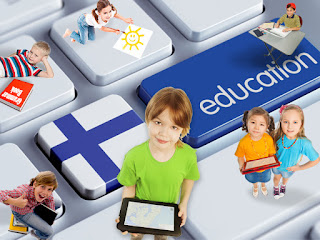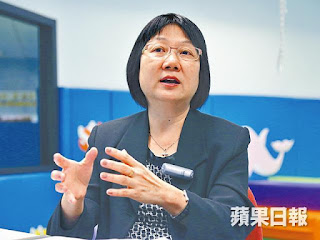Children and adults with special learning needs are attracted to smart technology. Access is easy. When you touch the screen, something happens. That means tablets are easier to manage than typical desktop computers.
Using iPads for autism has captured attention
In spite of personal learning challenges, the strong visual presence and great sound quality make devices with the smart technology a perfect tool for individuals on the autism spectrum.
The range of apps goes from very simple (listening to music or playing with cause-effect activities) to high level. The variety of available apps can meet an infinite range of interests and needs.
Here’s the “magic”
There’s an app for that!
That’s not to say that all problems are “fixed” with an app. But iPads and apps can be used to teach skills and address many of the diverse issues affecting individuals with special learning needs.
Once I got my own iPad, I started to explore the app store. I have written articles and I talk about this topic in my workshops. People began to ask me questions that revealed a lot of confusion.
Here’s the most common question
I had a question at a conference. Dad wanted to know what apps I would recommend for his son on the autism spectrum.
It’s a great question, but it doesn’t have an easy answer. It’s a bit like asking a librarian “What book should I borrow.” The librarian needs a lot more information to help you find what will meet your needs.
That’s exactly the problem with all the apps in the App Store. There are more than a million apps there. How do you sort through a million apps to find the ones you want? That’s why I wrote this book.
Linda Hodgdon, M.Ed., CCC-SLP, is a Speech Pathologist who has pioneered the development of using visual strategies for supporting communication. Her book, Visual Strategies for Improving Communication, is a best-seller in the field of autism because of its easy-to-implement strategies that create significant improvement in student participation and behavior.
As a Speech Pathologist, Linda has specialized in addressing the communication needs of students with Autism, Asperger's Syndrome, PDD, Non-Verbal Learning Disabilities, and other moderate to severe communication and behavior challenges. She has become well known for her practical information and innovative programming strategies that have produced excellent results in student learning.
|
















